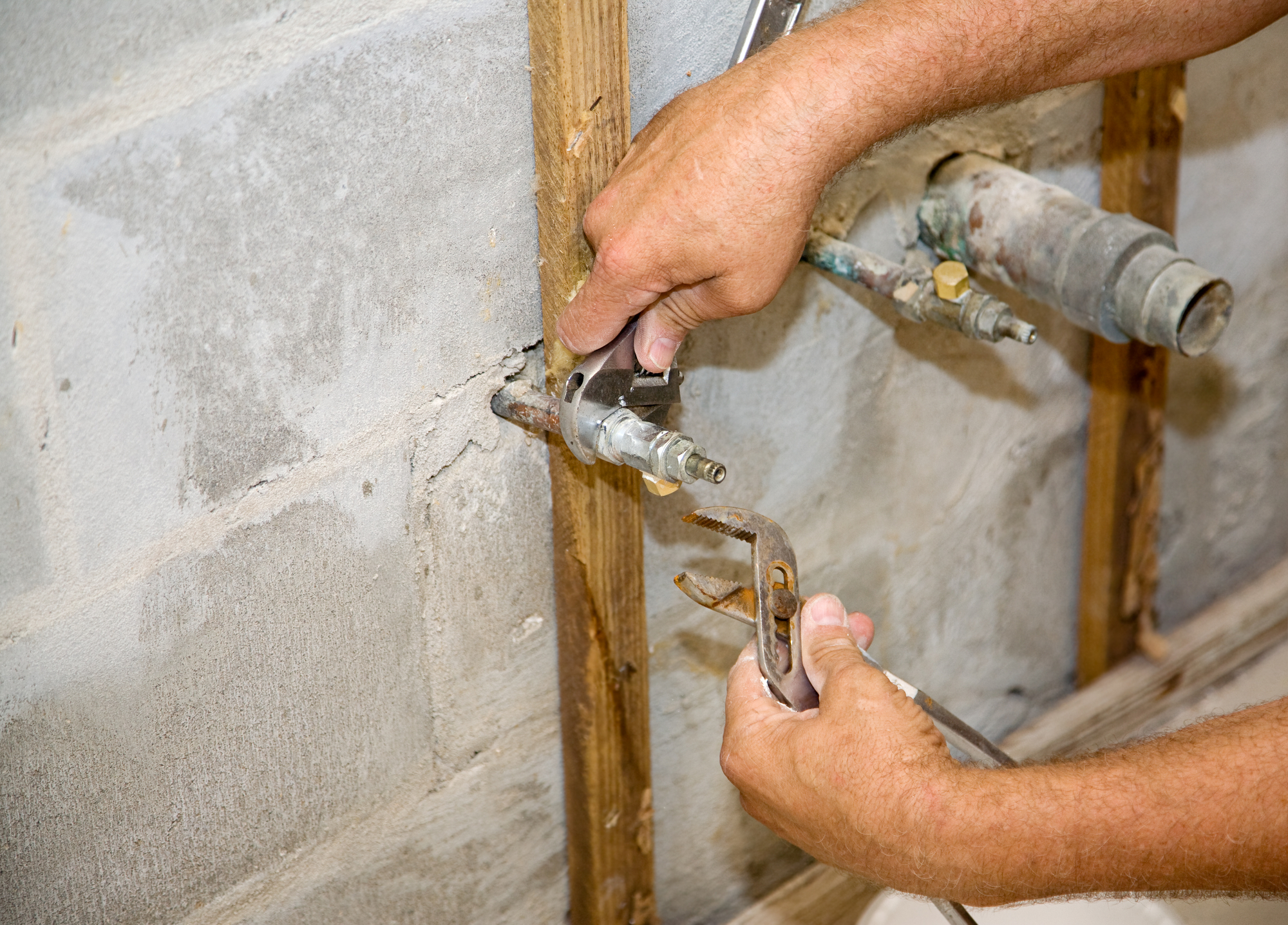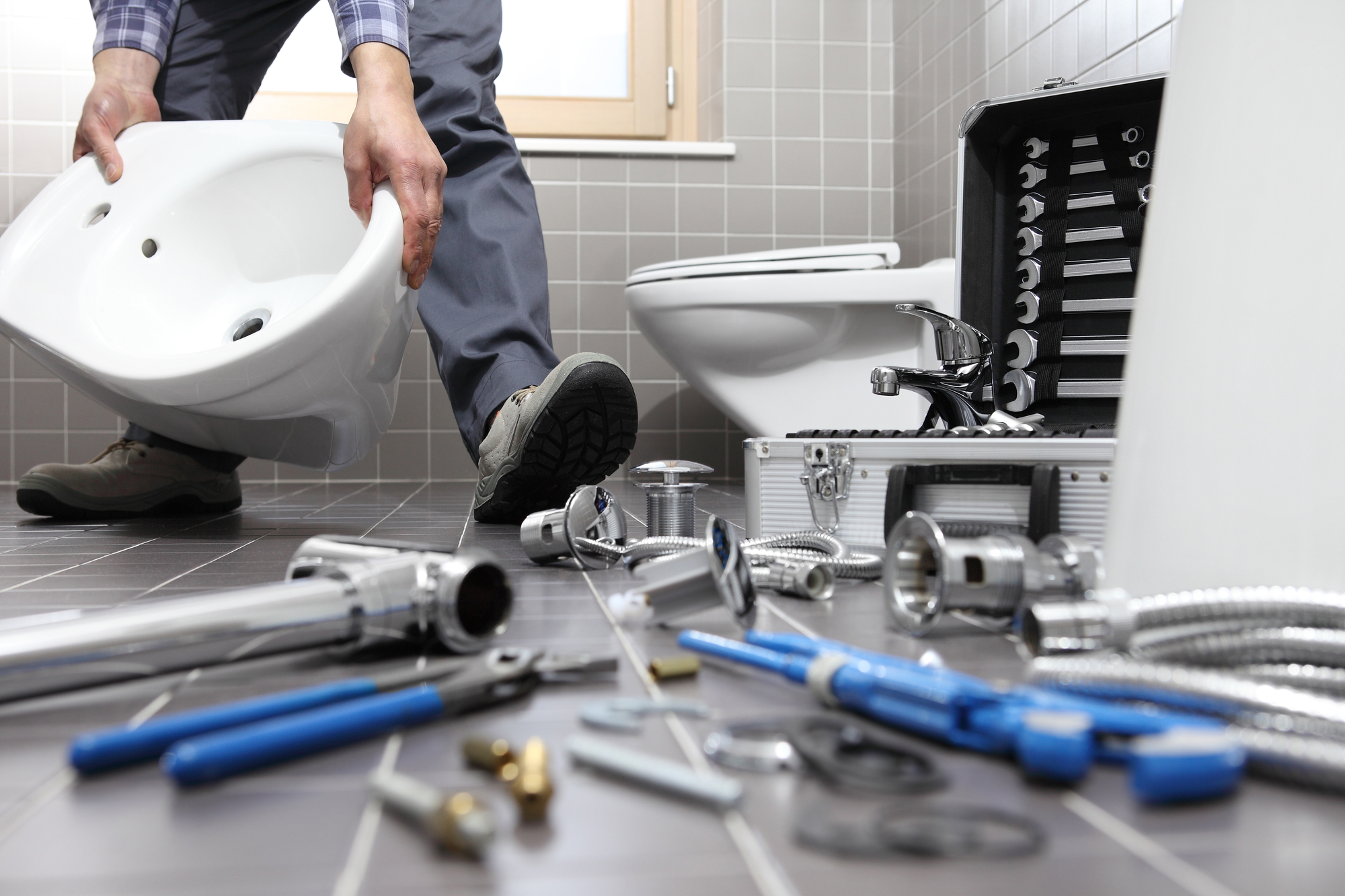When it comes to plumbing, people are often looking for reliable, durable, and long-lasting materials. One such material that has gained popularity over the years is PEX piping. PEX or Cross-Linked Polyethylene piping is a flexible and durable plastic material that is used for plumbing purposes. This innovative type of plumbing is used in residential and commercial buildings and is known for its ability to withstand high-pressure situations.
As more and more plumbers around the world use PEX piping, they’ve noticed that they can “mix” PEX-A, PEX-B, and PEX-C pipe sizes to accommodate the required job. In this blog post, we will take a look at this practice of mixing PEX pipes and what the implications of this practice are.
What are the different types of PEX piping?
Before diving into the practice of mixing PEX pipes, it’s important to understand what the different types of PEX piping are. PEX piping comes in three different types: PEX-A, PEX-B, and PEX-C. The three types are differentiated by the manufacturing process used to create them.

PEX-A is known as the most flexible type of PEX piping. It can be bent, twisted, and manipulated with ease, making it a popular choice for modern plumbing applications. This type of PEX piping is known for its resistance to cracking, leakages, and freezes.
PEX-B is made with a slightly different manufacturing process than PEX-A. It is cross-linked at a lower temperature, which leads to a less flexible product. PEX-B is also known for its durability and is an excellent choice for plumbing applications where space is tight.
PEX-C is cross-linked through a chemical process, making it the most chemical-resistant and most durable type of PEX piping. It is similar to PEX-B for plumbing applications, but it is commonly used for other purposes such as hot water tubing.
What are the benefits of using PEX piping?
PEX piping is a popular choice for plumbing services because of the many benefits it offers. For starters, it is much more affordable than copper pipes. It is also easier to install, meaning that it can be done in less time, and it does not require any special skills or tools. Moreover, PEX piping is more flexible, it is more resistant to freezing and bursting, and it has a longer lifespan than other types of piping materials.

Mixing PEX pipes
With the popularity of PEX pipes increasing, many plumbers find themselves mixing various diameters of PEX pipes to complete specific plumbing projects. Mixing PEX pipes refers to using PEX-A, PEX-B, and PEX-C pipes of different piping sizes to complete one job.
The practice of mixing PEX pipes means that a plumber can use PEX-A piping for a portion of the job that requires flexibility, PEX-B piping for another portion that requires durability, and PEX-C for areas that require the highest chemical resistance.
Is it safe to mix PEX piping?
When it comes to mixing different types of PEX pipes, there is no one-size-fits-all answer. It is necessary to be cautious and mindful before beginning such a project. Mixing different types of PEX piping could lead to a water flow inconsistency and affect the durability of the installation. If mixed improperly, there could also be changes in the diameter of the pipe, which could compromise the installation’s overall integrity.
Therefore, if you are contemplating mixing PEX piping, it is crucial to check the manufacturer’s specifications and recommendations. Make sure that you avoid using pipes of different manufacturers, and if possible, try to mix pipes of the same type.
The Bottom Line
In conclusion, while PEX piping has numerous benefits and is an efficient and affordable option for plumbing services, mixing PEX piping requires careful consideration before commencing installation. Mixing PEX pipes of different types must be done with caution and only with the correct manufacturer’s guidance to ensure that plumbing installations are of the highest possible quality. So when in doubt, consult with your plumbing service provider before starting any installation or replacement work. To book an appointment or learn more about plumbing services, visit aceplumbingrepair.com or call (844) 711-1590.






